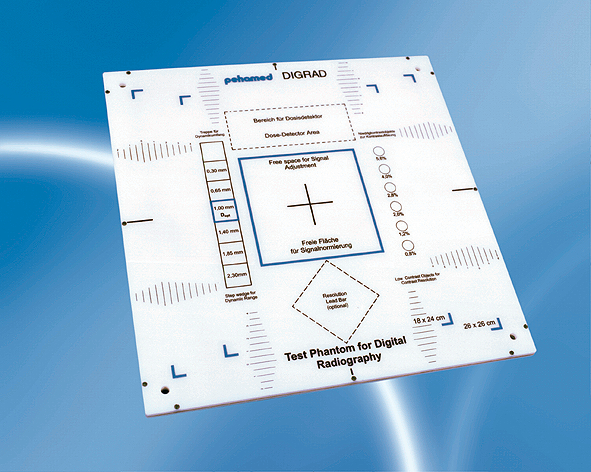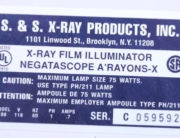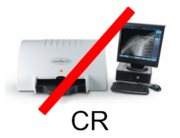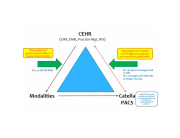He has to remain anonymous to you, but he is well known to me. This technical expert does “acceptancy testing” for one of the largest x-ray users in the world. Trust me, I really don’t think there is a larger customer.
Many years ago, this expert selected our Pehamed quality assurance products for himself and others on his team. Over the years, he has purchased many or our various QA offerings from Pehamed.
Recently, he ordered another testing phantom for CR and DR images, and besides paying us a nice compliment about the product, he had some important advice about “tuning” digital equipment during installation so that users can get the best possible images.
I’ve edited his comments, but basically here is what he has taught us:
“Hey Dan…
Hope all is going well…
This Pehamed DigiRad CR/DR Image Quality Phantom is the best on the market by far.
It can get any DR or CR System dialed in to the best image quality perspectives. Radiologists love it when I do my thing with this QA Image Quality Phantom.
Even all of the major DR system manufacturers are impressed when I show them what I can see, and then recommend system adjustments to improve their post-processed imaging.
What most DR system manufacturers fail to do when installing or during their yearly QA imaging performance checks and verifications directly relates to fine-tuning the system’s image processing after the preliminary installation and system setup.
Most DR systems are installed using the basic setup parameters, which include default setup, testing and verifications. This is just a starting standard, where the system is ready for the preliminary applications training for new users to become familiar with the system’s operational aspects, etc. But it is also at this point that APR and system performance adjustments can be made via programming modules. Trouble is, most of these necessary adjustments and programming are done on the fly, and many times are transferred to a new system via a USB thumb-drive.
The real test of the system’s performance comes at the end of applications when one begins live patient exams and studies. Here, we can get more detailed feedback from assigned QA-trained RT specialists and radiologists.
Granted, some adjustments can be made if needed during live patient exams, but these are limited adjustments made at the control console. This is why making the adjustments at the initial acceptance testing using a high-quality phantom makes a huge difference. Making adjustments during the patient exams to improve image quality provides only a limited range of adjusting parameters. The thought process here is that you want to re-evaluate the system’s setup to get it back into a balanced “Mean” range so you can have enough (+ and –) adjustment when needed. That is where an ISO Certified QA Image Quality Phantom like the one we use from Pehamed comes into play. This is especially important if there are multiple DR imaging systems in a facility, as recorded system imaging performance-correlations between systems are part of the bigger overall picture and the output from the phantom can help you adjust and compare.”









Leave A Comment